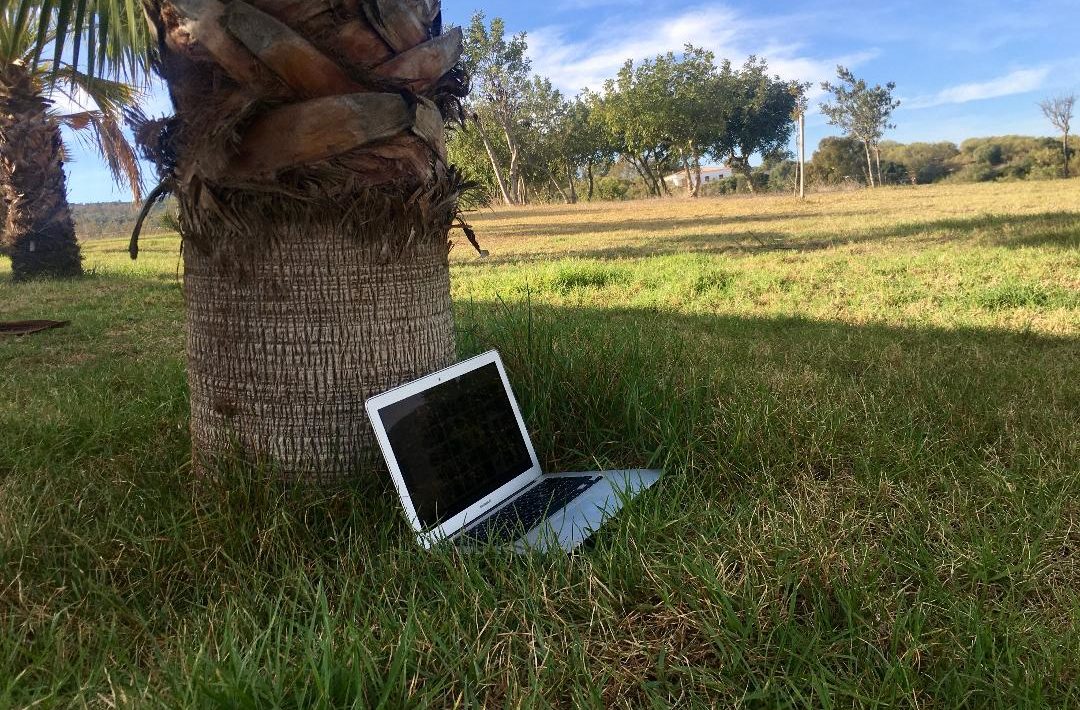The return to the rural is already a trend. Teleworking has driven an exodus to the rural environment. We have discovered that villages offer the necessary conditions to develop a remote professional life in a calmer, healthier and cheaper environment than a big city. The villages, many affected by depopulation, are finding in this trend a way to recover economic muscle, inhabitants and create new opportunities for the local population. In short, remote working and people go together.
The rural environment offers a universe of possibilities for teleworkers and digital nomads: contact with nature and people, much cheaper prices, a more relaxed, healthy and conscious lifestyle, better air quality, etc. There are already many initiatives at the national level that promote teleworking in areas of 'empty Spain'.
What is needed
To work remotely, you need a good internet connection and a home to install it in, a challenge in smaller rural villages. However, Spain is one of the European countries with the best connection in rural areas. According to the broadband coverage report for Spain in the year 2020, 60% of the rural areas of the country - populations of less than 5,000 inhabitants - already had fiber optic infrastructure in that year (that means that the infrastructure is available and that to activate it and have the service they must hire an operator).
In addition to a good connection, you have to take into account the speed. Optical fiber allows data transmission services to be provided at speeds of 100 Mbps to all users. To work remotely, it is necessary to reach at least 30 megabits per second, which is what makes it possible for at least two devices to be used at the same time connected to the internet in an optimal manner. Although, each professional activity requires a very different use of the Internet, the ideal would be to have 100 megabits per second. With regard to broadband coverage with a speed of 30Mbps, according to the aforementioned report, 90% of rural areas have it in Spain.
Having said all this, it should be noted that a National Plan is underway to reduce the digital gap between sparsely populated villages and cities, providing Internet and that speed of 100 megabits to 100% of the country's population by 2025.
There is a very important technical and technological part to be able to telework. In fact, internet and telephone coverage is essential. To this we will add a stable electricity supply (without interruptions) and have the infrastructures or services that each person considers basic for their normal life. For some it will mean having a doctor's office nearby, for others a school, and for others good communications by road, for example.
Advantages of rural teleworking
The advantages of rural teleworking are for people who move to the village but also for the village itself. Since the pandemic, well-being and leading a healthy life have begun to be prioritized more than other material aspects when accepting a job offer or changing jobs. Factors such as pollution, traffic, long commuting distances, high housing rental costs, and low density of job opportunities per inhabitant have made many employed people consider leaving the city to live and work. from a rural setting. These are the advantages for those who migrate to the countryside.
Now that many companies are implementing the hybrid work model (combines face-to-face mode and teleworking from home) and some even 100% remote, teleworking from a village seems like an interesting (and viable) option for many.
Rural teleworking also offers a series of advantages for villages that cannot go unnoticed. For example, it can be undertaken from the village and promote local development. You can help create work in a village for those who look for it in the city. How many empty or dilapidated houses are there for sale in small villages in Andalusia at an affordable price? How many small businesses like bars or shops with a flat upstairs are looking for new owners? How many potential uses could they have and how much wasted local wealth does all this imply? How many possibilities to create or optimize a business in a rural environment would allow the installation of fiber optics and how many people could access good jobs without having to move to big cities?
The advantages of teleworking in a rural environment are clear. Andalucia is one of the most attractive areas in Europe due to its climate and its cultural and economic dynamism, to live with less stress, less pollution, less crowds, less monthly budget and better quality of life.
If you want to telework from a village in Andalucia, this is a list with (only) ten proposals. We know, there are many more.
Genalguacil (Málaga)
391 inhabitants
It offers fiber optic and 4G coverage
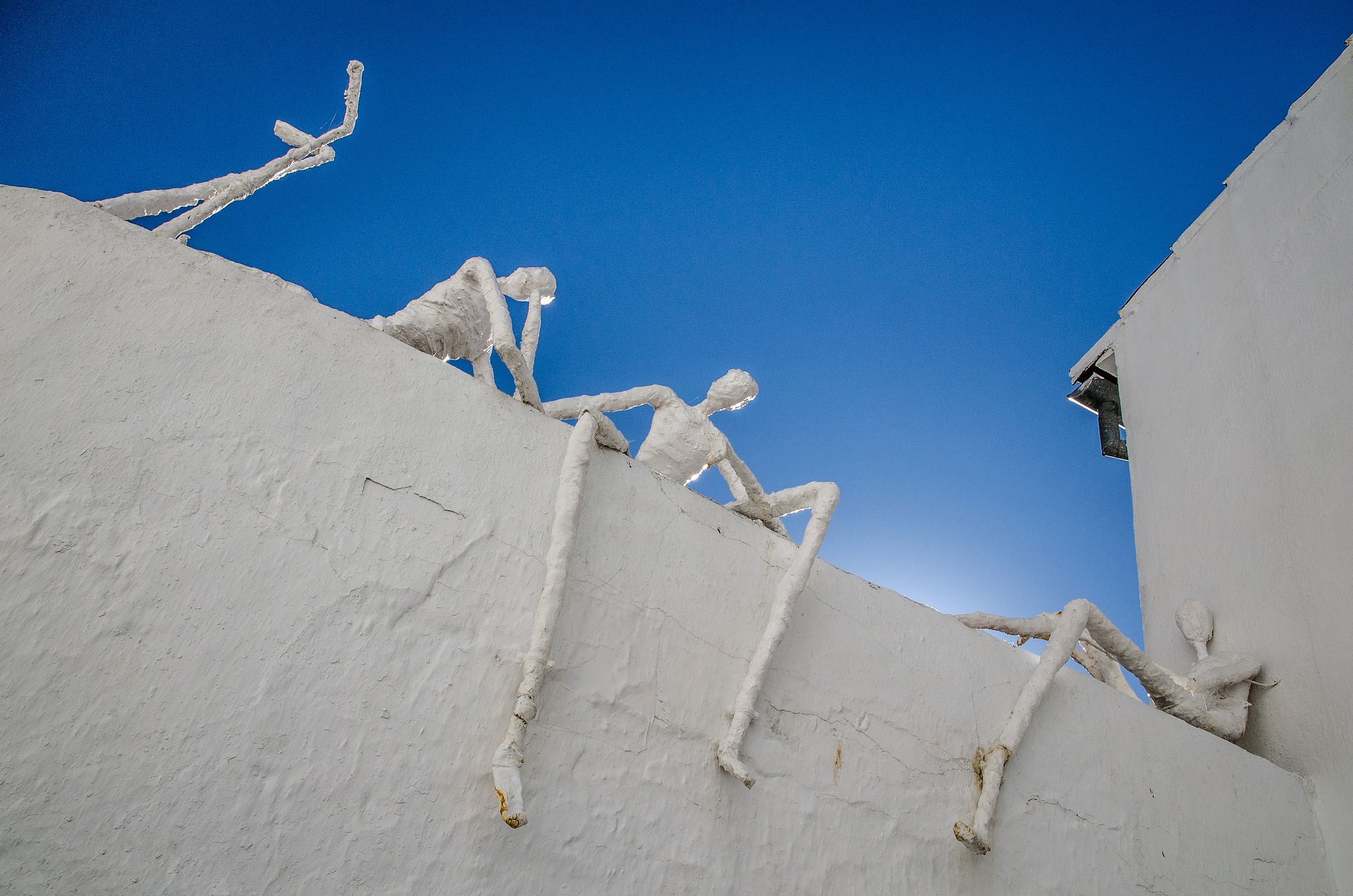
This village is an open-air museum near the Costa del Sol. It surprises with its natural environment, its Arab past and its works of art. It is located 520 meters above sea level and is 45 kilometers from Ronda and 150 from Malaga city. It is part of the Association of Most Beautiful Villages in Spain. The 'Art Encounters' are the biggest claim of the municipality. They are held every two years during the month of August. In these weeks numerous diverse artists settle in the city, exchange ideas, integrate into the life of the village and exhibit their works in the streets and squares. An interesting activity to enjoy after work.
Tolox (Málaga)
2,203 inhabitants
It offers fiber optic and 4G coverage
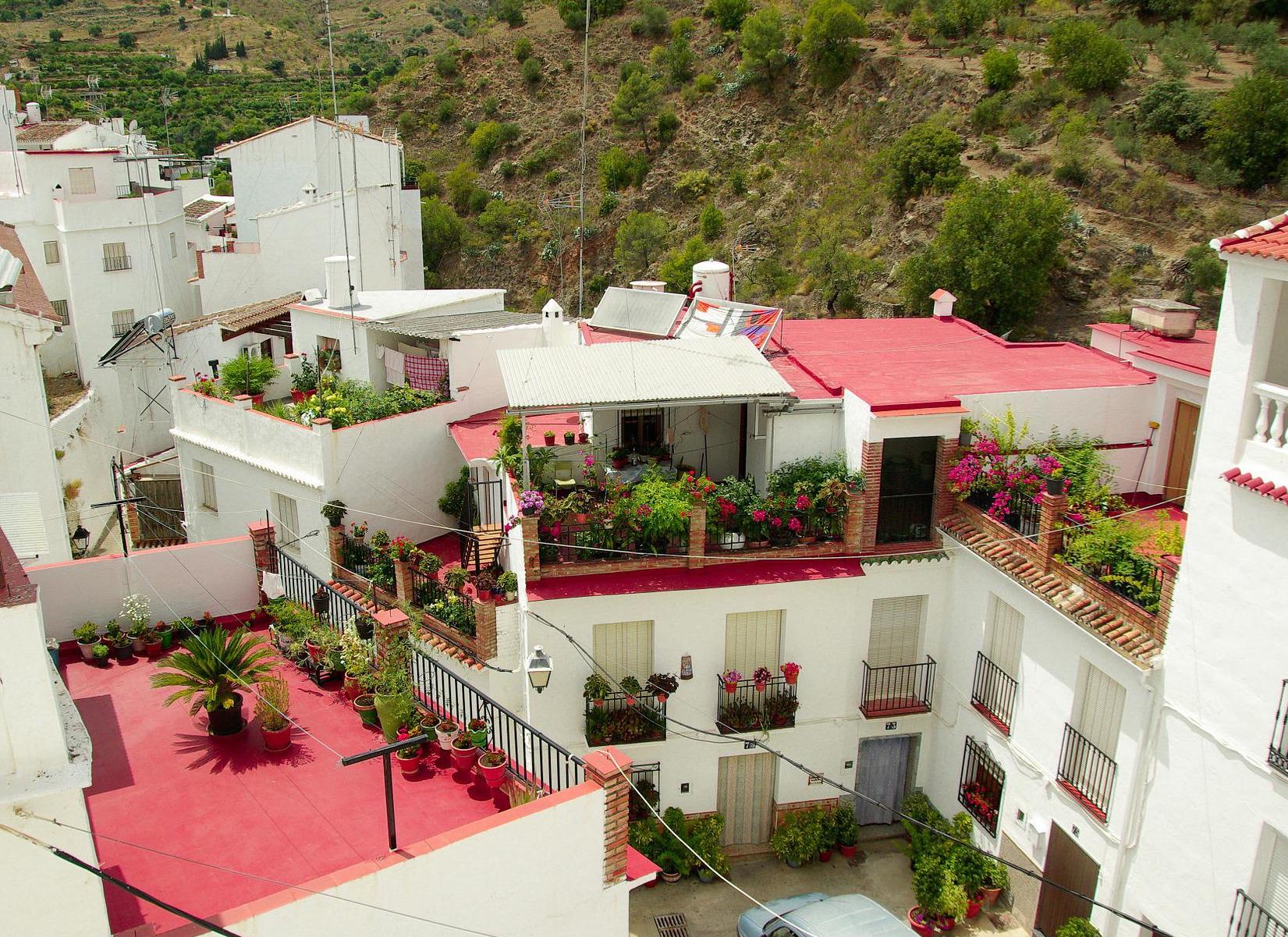
This white village in the interior of the province of Malaga has a privileged location, in the heart of the Sierra de las Nieves. It is a unique place to disconnect and be in contact with nature. The urban layout of Tolox preserves the essence of its Andalusian past: narrow and steep streets with houses with whitewashed facades topped by an Arab tiled roof, remains of castles and walls, old mills, etc. Tolox belongs to the network of Thermal Villas since it has springs of bitter waters, which were traditionally used for therapeutic purposes. It has infinite corners from which to telework.
Zahara de la Sierra (Cádiz)
1,391 inhabitants
It offers 4G coverage

It is one of the most beautiful white villages in the province of Cádiz, located in the center of the Sierra de Grazalema Natural Park. It stands out for the beautiful harmony of its white houses arranged as if on the mountain and the clear water of the municipality's reservoir, which in summer is transformed into an inland beach. Its labyrinthine streets, flowery balconies and spectacular viewpoints of the mountains make Zahara de la Sierra a beautiful village where you can live and work from home. The path to the Castle and the Garganta Verde route are obligatory appointments to enjoy exceptional views and natural surroundings.
Alcalá de los Gazules (Cádiz)
5,245 inhabitants
It offers fiber optic and 4G coverage
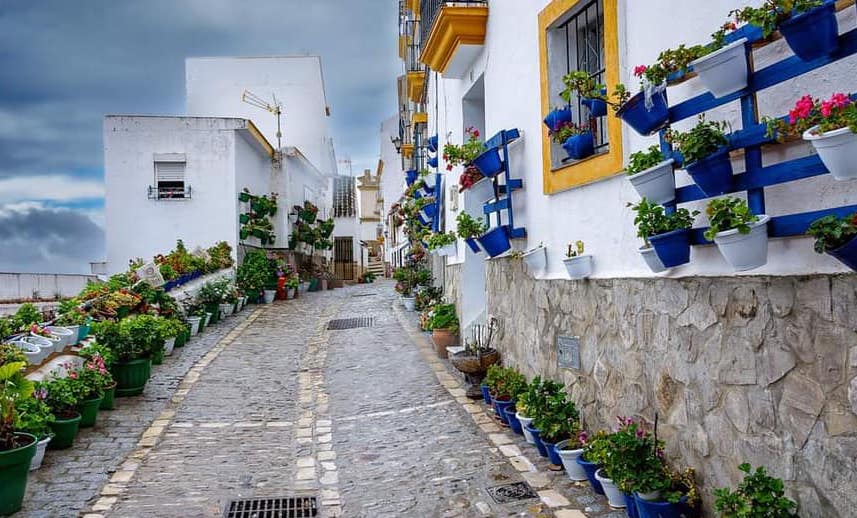
Declared a Historic-Artistic Site, Alcalá de los Gazules is a natural destination located in the Los Alcornocales Natural Park. Inhabited since prehistoric times, it is easy to find sites and traces from the Roman and Arab eras. Alcalá is part of the so-called Ruta del Toro and its attractions include its Castle, the Hermitage Sanctuary of Nuestra Señora de los Santos and the numerous hiking trails that run through this privileged green environment of the Cádiz mountain range. Alcalá is a quiet village and an ideal destination to work remotely and get lost in its mountains and streets.
Triangle Tarifa-Bolonia-Facinas (Cádiz)
Tarifa: 13,763 inhabitants
Bolonia: 90 inhabitants
Facinas: 1,176 inhabitants

It offers fiber optic and 4G coverage
At the southernmost point of Europe, there is a privileged triangle in the world where you can live (and work remotely): Tarifa, Bolonia and Facinas. The last two are population centers belonging to the municipality of Tarifa and between the three they add two Natural Parks, the best beaches you will see in a long time and the conditions to spare for teleworking in a rural environment by the sea. Living at the foot of the sea and the mountains at the same time, working in the morning and kitesurfing in the afternoon, watching the sunset from a Roman amphitheater, strolling through old bunkers, getting lost in a cool beach bar or finding yourself in a hiking route, counting windmills, falling in love with the old village of Tarifa, the relaxed nature of Facinas or the imposing dune of Bolonia. All this fits into the ordinary life of this extraordinary triangle.
Zuheros (Córdoba)
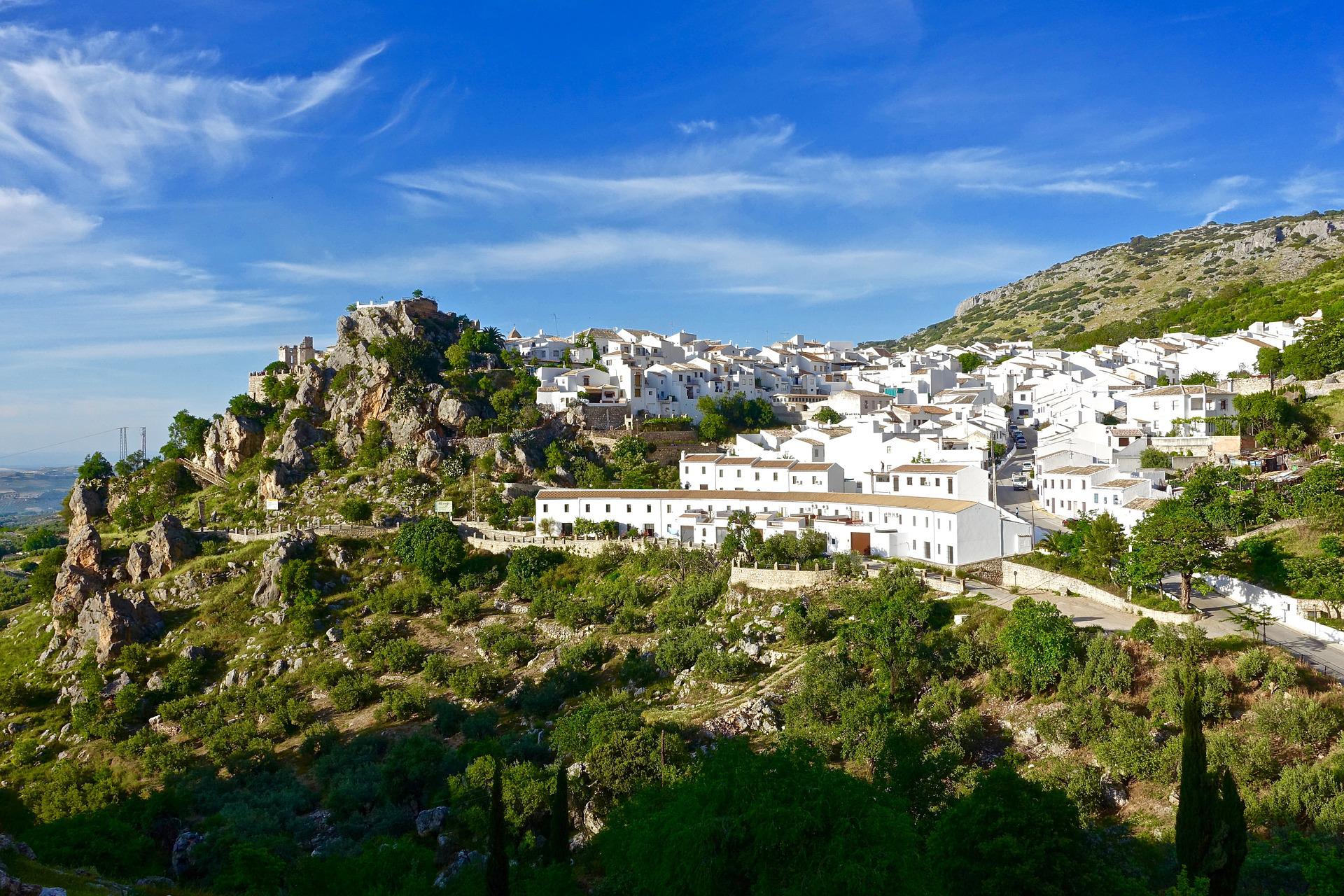
634 inhabitants
It offers fiber optic and 4G coverage
Zuheros is one of the most picturesque villages in Córdoba. Located in the Subbética Cordobesa region, Zuheros has managed to maintain the charm of another era. Its streets are narrow and winding, with a multitude of small squares and corners full of traditional flavor. An example of its vast history is the Cueva de los Murciélagos, an archaeological site of great value and beauty. Walking through the labyrinth of slopes we discover the Castle of Zuheros, which occupies a spectacular position on a huge cliff. The landscapes and surroundings of Zuheros are an ideal setting to enjoy nature and explore the Vía Verde de la Subbética.
Mojácar (Almería)
7,257 inhabitants
It offers fiber optic and 4G coverage
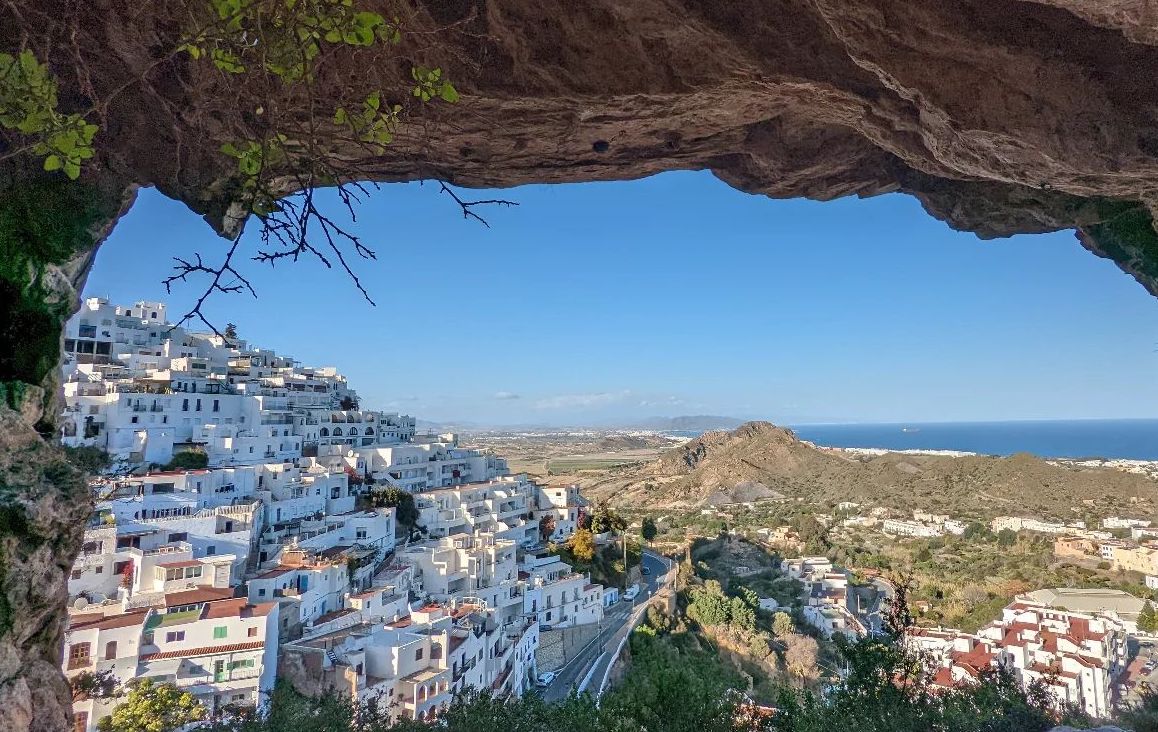
Located on top of a hill, on the Levante coast of Almería, is Mojácar, a village that can be summed up in one word: charming. Its network of labyrinthine alleys and stone ramps, white houses and facades with flower pots represent its most typical image. Mojácar is next to the sea, the mountains and the desert, and very close to the Cabo de Gata Natural Park. It is divided into two areas: Mojácar Playa, very touristy and where most of the hotels, restaurants and beach bars are; and Mojácar Pueblo, the jewel in the crown, a few kilometers inland, could be your next place to work.
Cazalla de la Sierra (Sevilla)
4,752 inhabitants
It offers fiber optic and 4G coverage
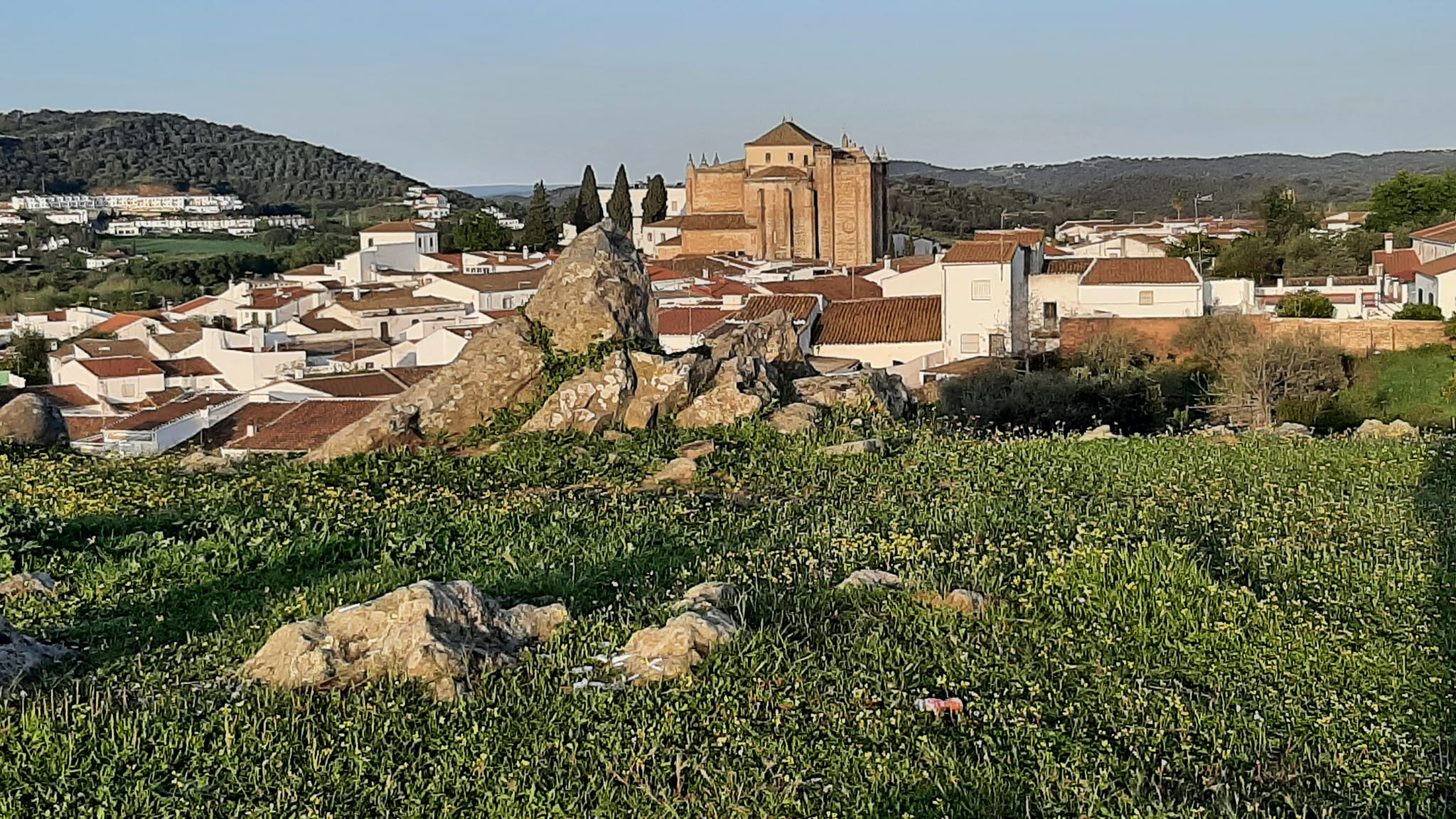
Beautiful village located within the Sierra Norte de Sevilla Natural Park. It is a mid-mountain area that alternates wide meadows with leafy forests. To the attractiveness of its landscape we must add the monumental wealth of its urban area. All this makes Cazalla a land of contrasts: the white of the houses, the green of the mountains and the blue of the banks of the Huéznar River. It is an ideal place to disconnect, go hiking, do bike routes, canyoning, or climbing and, also, work remotely in the heart of a natural park.
Segura de la Sierra (Jaén)
1,771 inhabitants
It offers 4G coverage
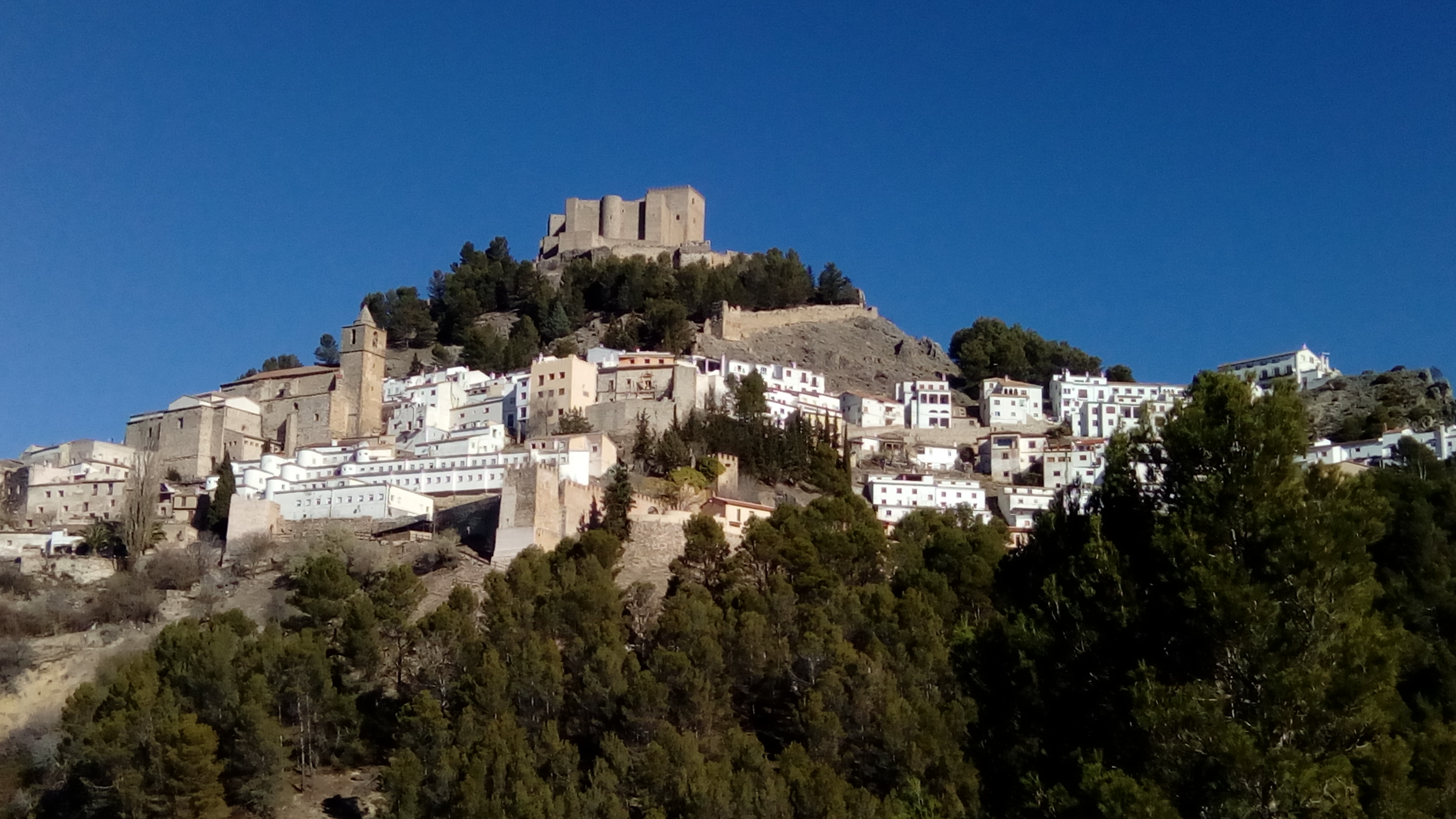
In the Sierra de Segura, within one of the largest protected areas in Spain (the Natural Park of the Sierras de Cazorla, Segura and las Villas) at 1,145 meters above sea level is this beautiful village where the houses are piled up and they form a network of narrow streets that adapt to the orography. Declared a historical-artistic complex, it is a postcard village, surrounded by olive groves and crowned by its Arab castle, the main heritage emblem. The force of nature that surrounds the village traps you at any time of the year to visit or telework from.
Sanlúcar de Guadiana (Huelva)
380 inhabitants
It offers 4G coverage

On the left bank of the Guadiana River, on the border with Portugal, is Sanlúcar de Guadiana, a small and picturesque village of white houses, charm and history. Its location gives it a special personality and is its greatest attraction. The town center is like a blanket of whitewashed houses that falls from a gentle hill towards the river. Its intricate slopes, the small river port that runs through the municipality, the cane fields and the view of Alcoutím, the small Portuguese village located on the other side of the river, are reasons enough for the experience of teleworking from Sanlúcar de Guadiana to be worthwhile.
Bubión (Granada)
322 inhabitants
It offers 4G coverage
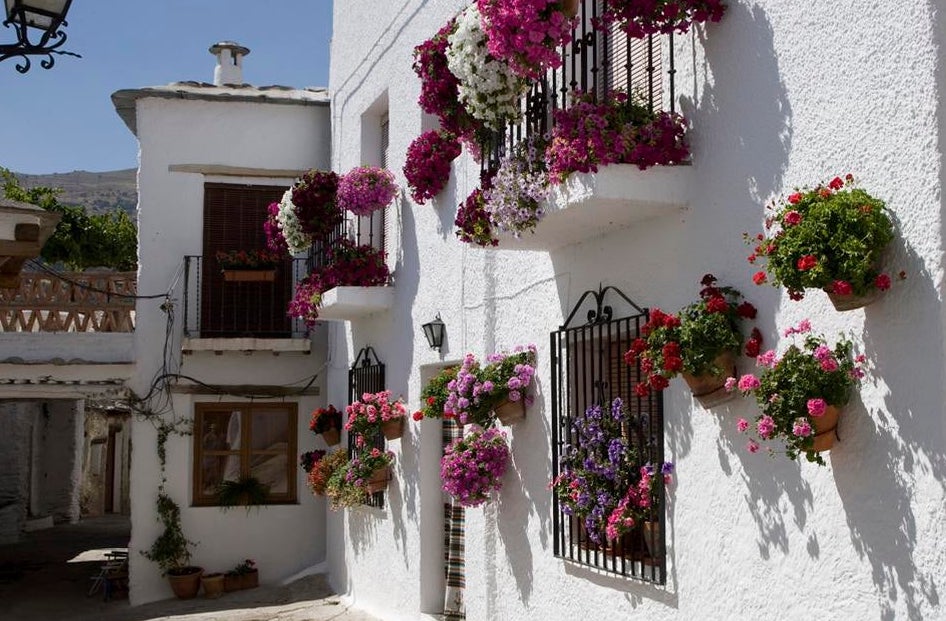
The village of Bubión, located at an altitude of 1,300 meters, is one of the most beautiful in the Alpujarra of Granada. It stands out for the ravine between green mountains in which it is located, adapting its contour to the nature that surrounds it. The best way to get to know Bubión is to walk through its historic center dotted with terraced houses without roofs, steep streets and flowery balconies, which preserve the traces of the traditions of the Alpujarras alive in the environment. Even being in such a mountainous environment, its orientation to the Mediterranean Sea makes its temperatures milder even in winter.
* The population data correspond to the Institute of Statistics and Cartography of Andalucia.
Contact us
For any questions regarding teleworking from rural Spain, contact us:





